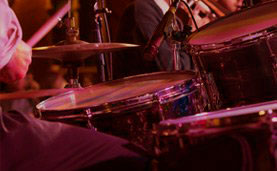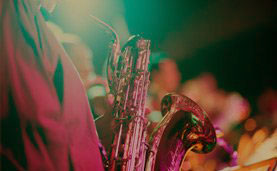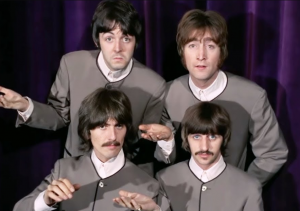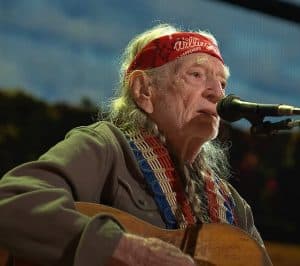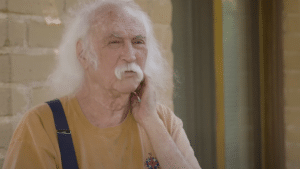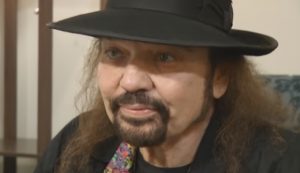Famous Rock Musicians That Died On Tour

via Lynyrd Skynyrd / Youtube
Hitting the road with a rock band is a big deal—tons of folks have to nail their jobs to keep things rolling smoothly. But stuff happens, right? Tours can turn wild, and sadly, some bands have faced awful accidents. Sometimes, they walk away bruised and rattled; other times, not everyone makes it. Accidents aren’t the only heartbreak, though—rock stars have left us too soon from overdoses, crashes, and even suicide, all while chasing the next gig. For fans, it’s tough—some miss out on that dream concert, while others realize they caught the final note of a legend’s last show. Let’s dive into a few rockers we lost on tour.
Buddy Holly, Ritchie Valens, and The Big Bopper
February 3, 1959 was a night forever dubbed “The Day the Music Died.” Buddy Holly, Ritchie Valens, and J.P. “The Big Bopper” Richardson, plus their pilot, Roger Peterson, went down in a plane crash that shook the world. They were rocking the “Winter Dance Party” tour, halfway through 24 gigs, when their small plane smashed into an Iowa field. Why’d they ditch their tour bus? That clunker kept conking out, so they hopped on a plane instead—big mistake. Just hours before, they’d played the Surf Ballroom in Clear Lake, Iowa. Fan Nancy Ransom Gerardi, only 13, was there, dancing up a storm. “It was a school night, but I couldn’t miss it—super crowded, tons of fun, and you could get right up to the stage!” she told American Blues Scene. The next day, hearing the awful news hit her hard. “It was crushing—unbelievable. I knew I’d never forget I saw their last show ever.”

Scott Weiland
Scott Weiland, the rockstar voice behind Stone Temple Pilots and Velvet Revolver, was out hyping his new band, Scott Weiland and the Wildabouts, when tragedy struck. On December 3, 2015, he accidentally overdosed on their tour bus in Minnesota, right before a gig. Cash was tight—Scott was nearly broke—which is why he hit the road again. Just months earlier, he spilled to the Lebanon Daily News, “Rock albums don’t sell like they used to—it’s wild! Hits like “Core” or “Purple” going multi-platinum? Gone. So, touring’s the game now.” The trouble was, the road life didn’t suit him. He’d been booted from STP for flakiness, admitting to Loudwire, “I’m always late—friends call it ‘Weiland time!’” Touring also messed with his sobriety. He’d bragged about 13 clean years, but somewhere along the way, that slipped.
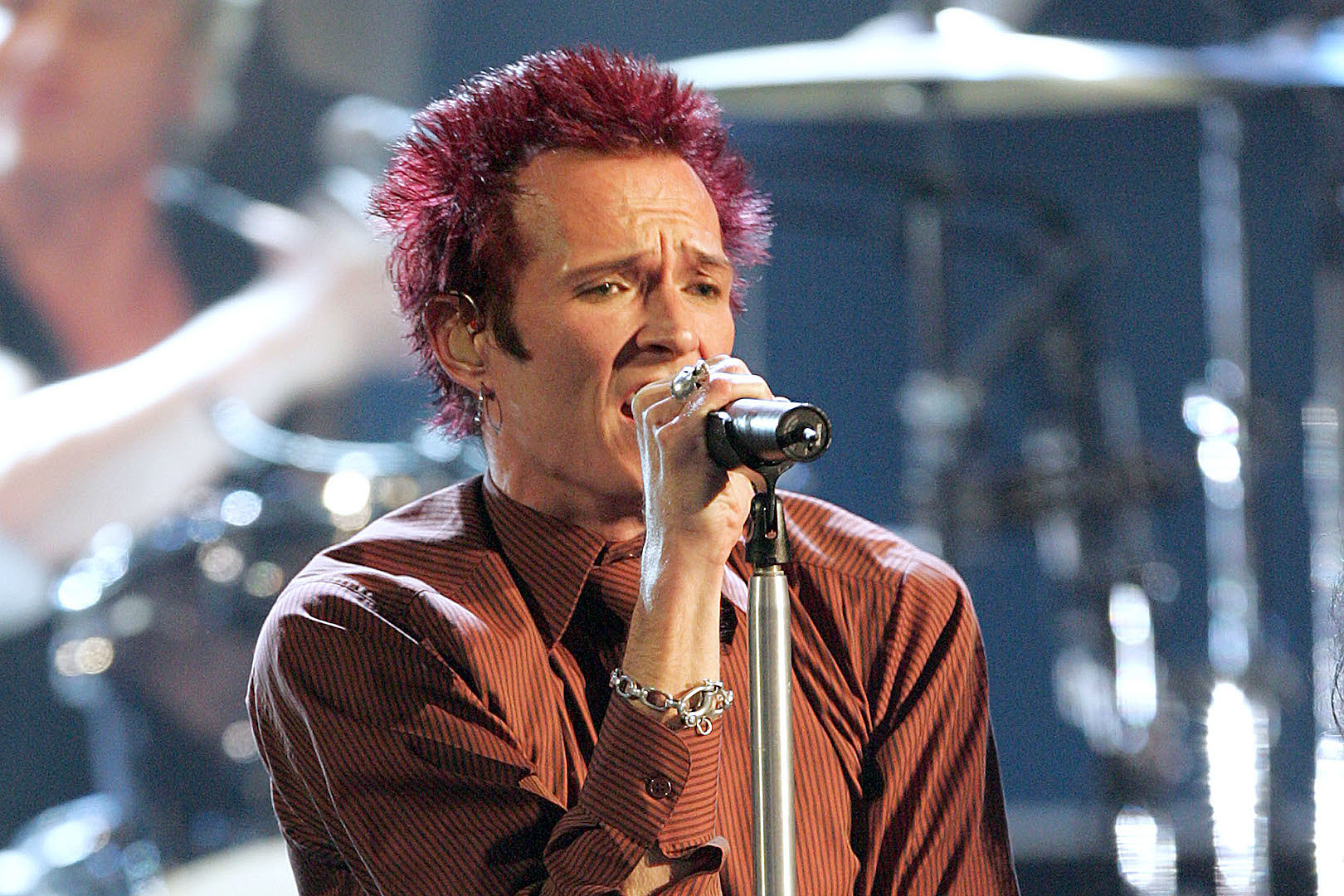
Randy Rhoads
Randy Rhoads was the guitar wizard who gave Ozzy Osbourne’s solo career its killer edge after Black Sabbath. Sadly, their rockin’ partnership ended way too soon. On March 19, 1982, during a tour pitstop in Leesburg, Florida, things took a wild turn. The crew was crashing at a spot with a tiny airstrip when their bus driver, Andrew Aycock—whose pilot license had expired—decided to play flyboy. Without asking, he took Randy and seamstress Rachel Youngblood up in a little plane for some fun. While buzzing the tour bus where Ozzy snoozed, disaster struck—the plane crashed, and all three were gone. What went wrong up there? No one’s sure. The crazy thing is, Randy hated flying, so why’d he even hop on? He was only 25. Ozzy’s still haunted, telling Rolling Stone in 2018, “I can see that wreck and the flames every day—it’s a shock that sticks with you forever.”
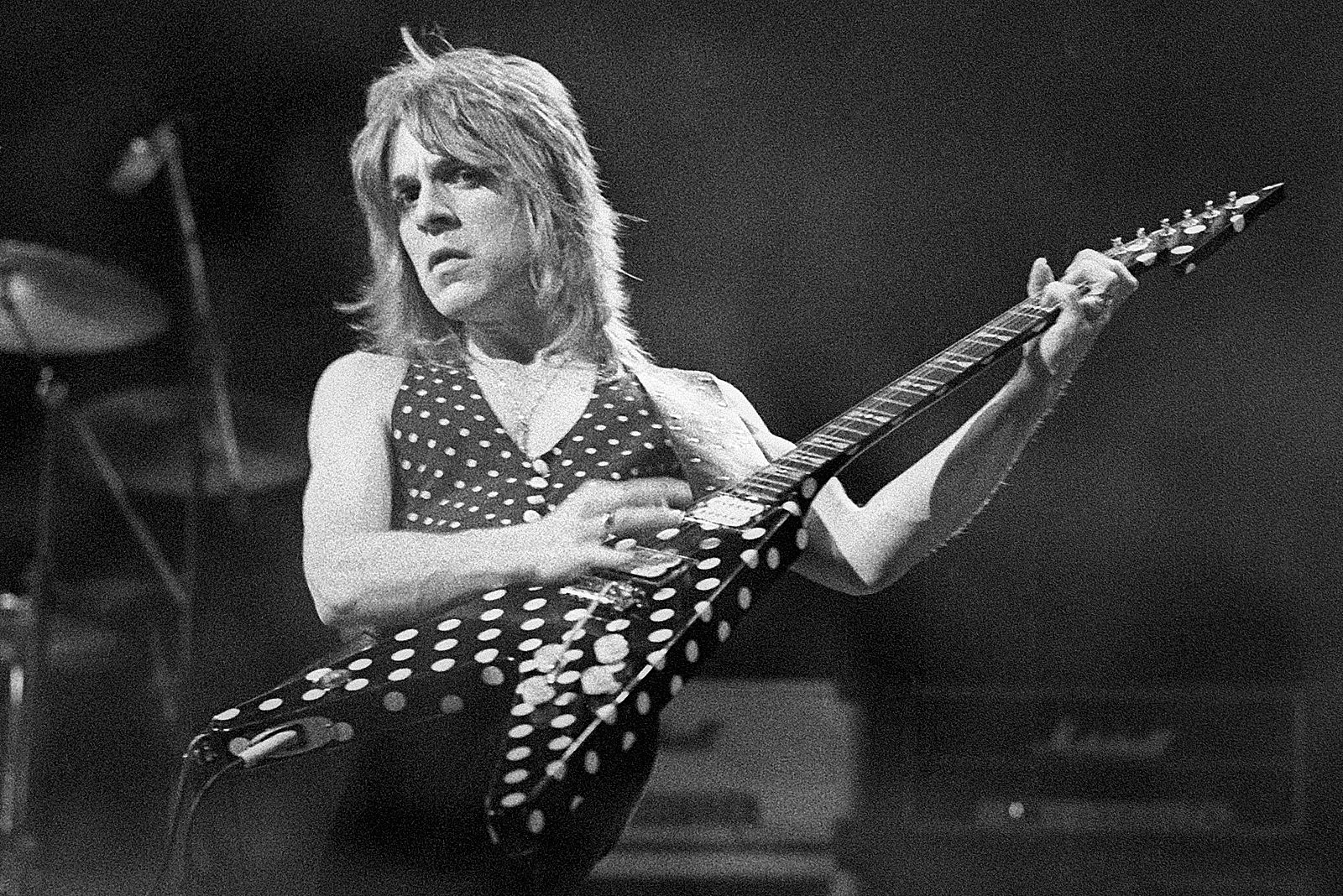
Chris Cornell
Chris Cornell, the powerhouse voice of Soundgarden and Audioslave, was rocking it solo when his life took a heartbreaking turn. On May 18, 2017, at 52, he died by suicide in a Detroit hotel—no one saw it coming. Fans and family were stunned; everything seemed fine! That last year, Chris was buzzing with excitement over new projects, and life looked golden. His wife, Vicky, told Gayle King (via Billboard), “This blindsided us—there was no hint of trouble brewing.” She insisted, “Chris wasn’t battling dark thoughts or depression—he was in recovery, doing great!” Even that night, after a killer gig, he seemed on top of the world. A Billboard review caught him joking during the encore, “Detroit, you rock! I feel bad for the next town—they won’t top this!” It sounded like he was pumped for more shows, not planning an exit. What flipped the switch? His loved ones are still searching for answers.
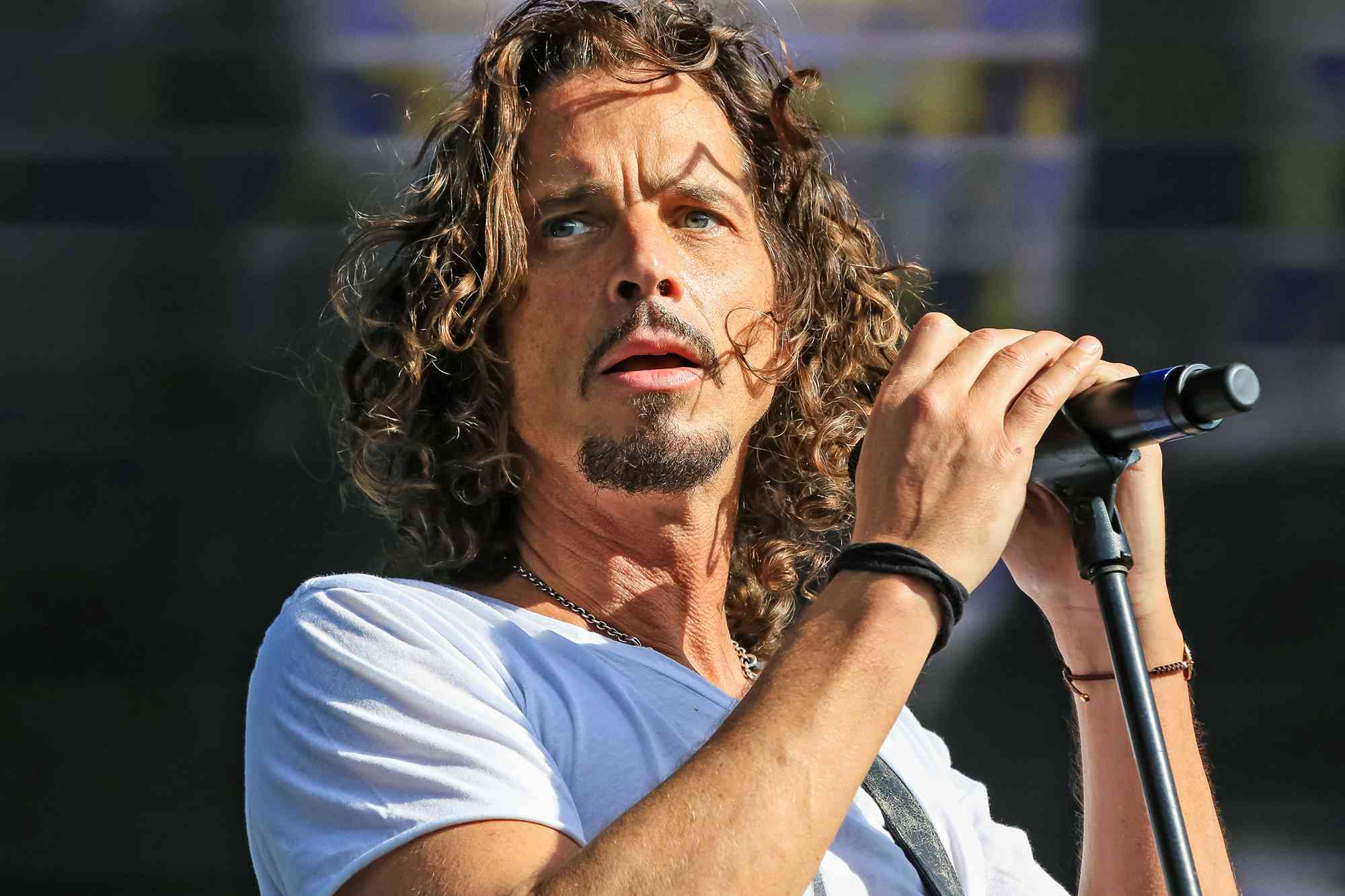
Eddie Cochran
Eddie Cochran may not ring bells for everyone now, but back in the day, he was a rock ‘n’ roll trailblazer—and one of the first American stars to gig in the U.K.! His tour was a total hit, and his manager, Norm Riley, told MOJO, “People thought I was nuts, but I knew U.S. rockers could keep the crowds coming over here.” What started as a quick 12-day jaunt with Gene Vincent stretched into a 20-week party! After a killer Bristol show on April 17, 1960, Eddie, Gene, their manager Patrick Tompkins, and Eddie’s girlfriend Sharon Sheeley piled into a taxi to zip back to London for a flight home. Sharon later told Photoplay the driver was flying way too fast. Zooming through Chippenham, bam—crash! Everyone walked away scratched up, except Eddie. Tossed from the car, he fought hard but passed in the hospital at just 21. Years later, Chippenham honored him with a plaque in 1990, which was swapped for a bigger memorial in 2018—fans still flock to it.
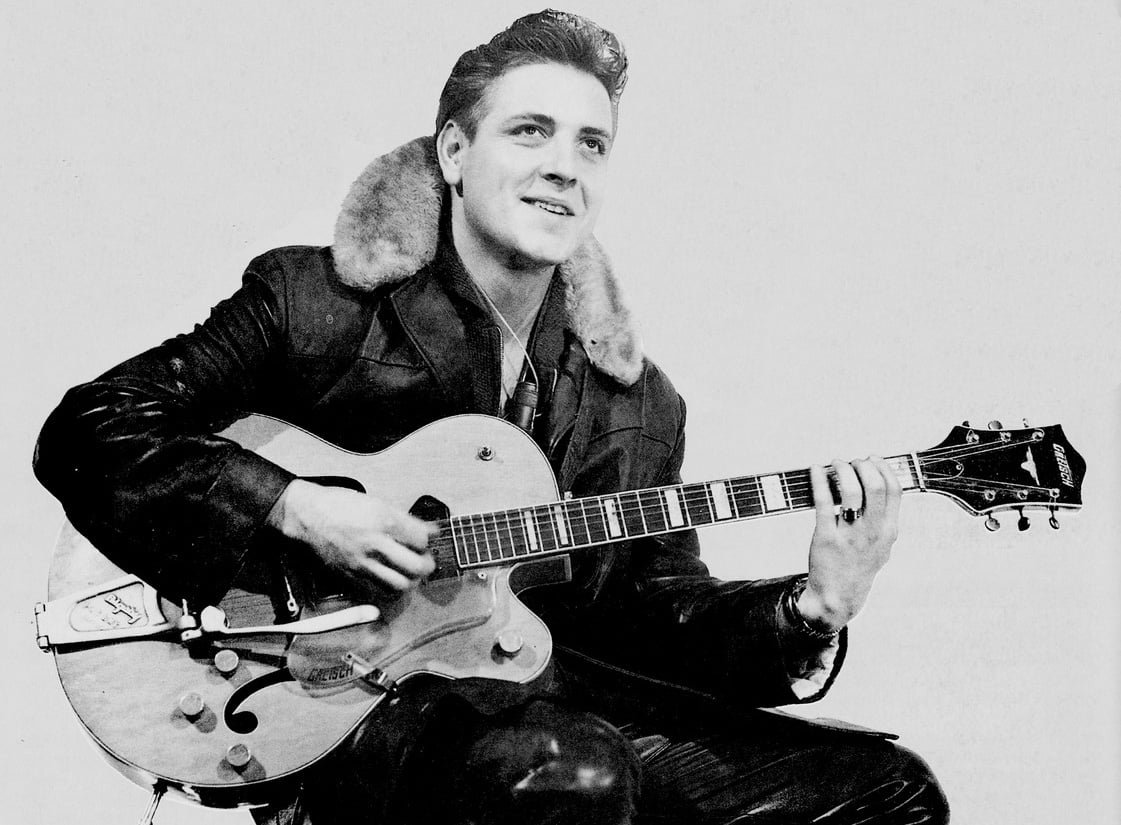
Dave Williams
Dave Williams, the powerhouse frontman of Drowning Pool, was riding high with their platinum debut when tragedy hit. On August 14, 2002, at just 30, he passed away during the Ozzfest tour. The band had just scored a sweet main-stage spot, and Dave—nicknamed “The Mayor”—was the heart of it all. A label rep told MyPlainview, “He was everyone’s buddy, adored by all, and poured his soul into every show for the fans.” The night before, they rocked Indiana, and Dave seemed golden. But the next day, he was found lifeless in his tour bus bunk. At first, folks assumed it was the usual rockstar party overload—booze or drugs. Not so fast! Manager “Shawdog” set it straight on Blabbermouth: “No wild nights here—we were chilling with DVDs, and I turned off Dave’s TV at 5 a.m. to his snores.” Turns out, an autopsy revealed a hidden heart issue took him, not the rock ‘n’ roll lifestyle.
‘Dimebag’ Darrell Abbott
“Dimebag” Darrell Abbott, the guitar hero from Pantera, was tearing it up with his new crew, Damageplan, when a nightmare unfolded. On December 8, 2004—crazily, the same day John Lennon was killed 24 years earlier—he was gunned down on stage in Columbus, Ohio, by a disturbed fan. No connection, just a freaky twist of fate! The show was rocking, and fan Aaron Benner told Rolling Stone, “Dime was in his zone, totally into it—he never saw it coming.” Then Nathan Gale, a guy who’d been acting odd outside, stormed in and opened fire. At first, folks were confused—security guard Ryan Melchiore thought, “Is this a stunt? People were cheering!” But it was real, and chaos erupted. A nurse jumped in with CPR for Dime, and an off-duty cop took Gale down. Tragically, Gale also killed three others. Friends called him weird, but no one pegged him for this.

Cliff Burton
Cliff Burton’s heartbreaking exit cemented his legend in rock lore. This Metallica bassist, rocking with them from 1982 to 1986, turned the bass into a wild force. After their smash hit “Master of Puppets”, the band hit the road hard for a global tour. On September 26, 1986, they were cruising in Sweden when a silly bunk swap sealed Cliff’s fate. He and guitarist Kirk Hammett drew cards for the comfier spot—Cliff won, but luck turned sour. That night, their bus skidded off the road. Cliff got flung out, and the bus crashed down on him. Rescuers tried lifting it with a crane, but it slipped, dropping again. By the time they freed him, Cliff, just 24, was gone. Their manager, Peter Mensch, pushed them to play on, telling James Hetfield, “Heal through music—get back out there!” James was floored, like, “Our pal’s gone, dude!” But after a few days, they channeled Cliff’s spirit—“Battle on!”—and powered through the tour.

Shannon Hoon
Shannon Hoon, the soulful voice of Blind Melon, was crisscrossing the U.S. in 1995, hyping their second album, Soup. Their first record had blown up big, but this one wasn’t flying off shelves. Guitarist Christopher Thorn told Louder, “We were loving the gigs and road-tripping vibes, but the pressure was creeping in—we didn’t get that you’ve gotta hustle to sell an album!” The label was cool with keeping them touring forever, though. For Shannon, that endless road life spelled trouble. He’d been tangled up with drugs for years, and touring just fanned the flames. Guitarist Brad Smith put it like this: “Too much downtime messed with him—Shannon lived that ‘idle hands’ saying hard. He got wrecked out there, and we should’ve hit pause sooner. But killer tour offers kept rolling in, and the managers were all, ‘You’ve gotta seize this!’” Sadly, that grind took its toll on an awesome talent.
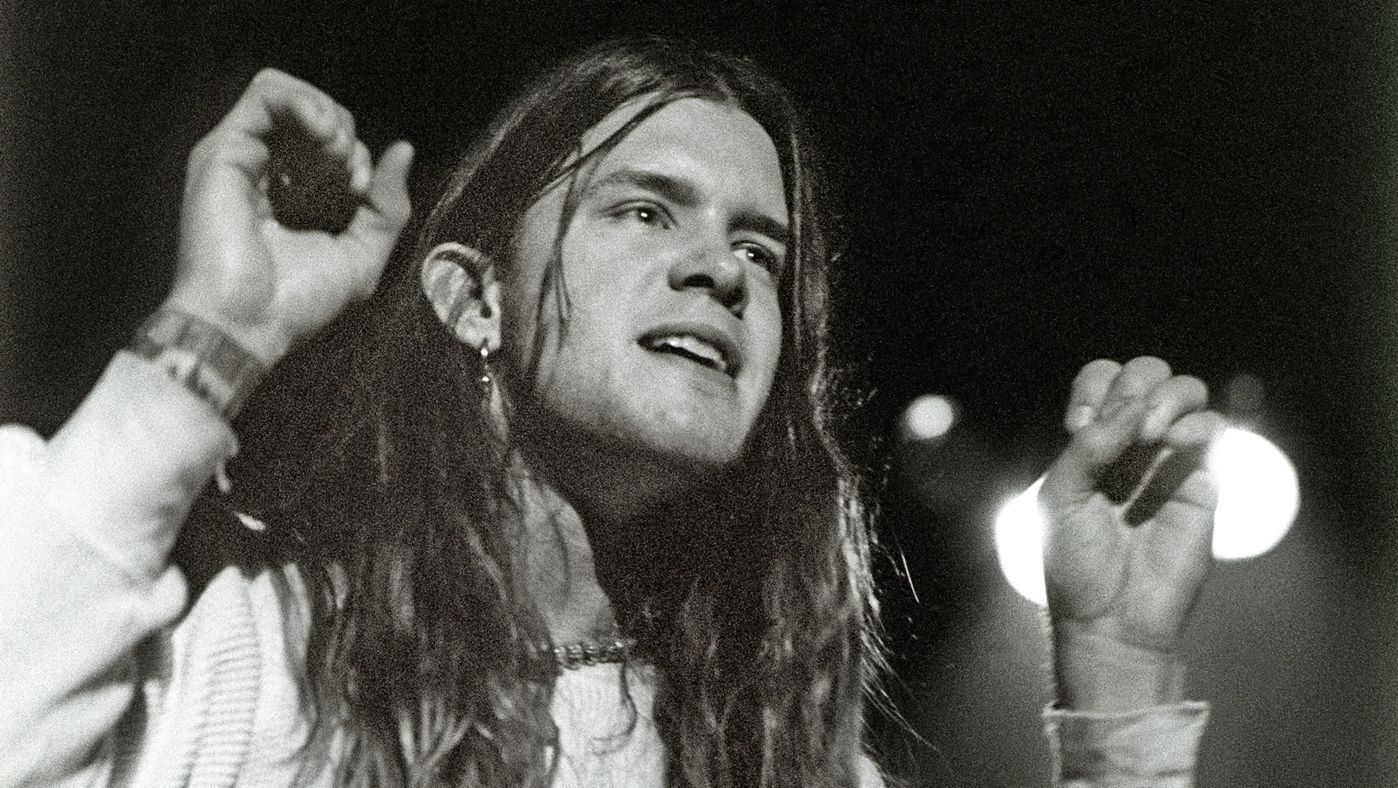
Ronnie Van Zant and Steve Gaines
Lynyrd Skynyrd’s Ronnie Van Zant and Steve Gaines met a heartbreaking end in a plane crash that’s etched in rock history, alongside four others. Spookily, Ronnie, who some reckoned had a sixth sense, hinted at his fate more than once. Drummer Artimus Pyle shared on Behind the Music (via Rolling Stone), “In Tokyo, Ronnie told me he’d never hit 30—he’d go out rocking, boots on, on the road.” Five gigs into their “Tour of the Survivors,” they hopped an old, shaky plane in South Carolina bound for Louisiana. That clunker had a sketchy rep from other bands, but Ronnie shrugged it off. Guitarist Gary Rossington recalled him saying, “If God’s got your number on this thing, that’s it—let’s roll, we’ve got a show!” Mid-flight, the fuel gave out for reasons still unclear, and it went down in Mississippi. Ronnie, 29, and Steve, 28, didn’t make it, but 20 survived—19 banged up bad.
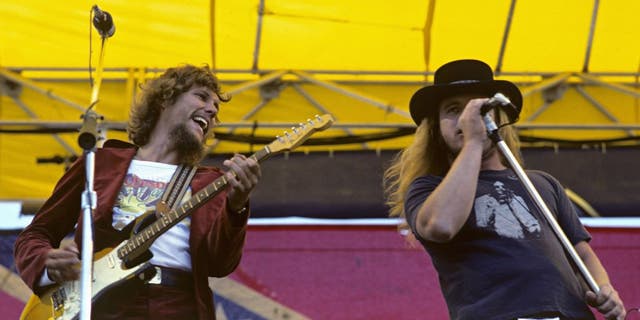
Rick Nelson
Rick Nelson, once known as Ricky, was a rock ‘n’ roll sensation in the 1950s. He first won over audiences on The Adventures of Ozzie and Harriet, the TV show starring his real-life parents. His music career took off, delivering hit after hit, but by the 1960s, his star had faded.
By 1985, nostalgia had sparked a comeback. Now, going by Rick, he hit the road for a small tour. To get around, he bought an older plane, but it was plagued with mechanical issues. On December 31, after performing in Alabama, he and his band were set to play a New Year’s Eve show in Dallas. They were eager to get there, despite the plane needing more repairs.
Tragically, shortly after takeoff, an onboard fire forced an emergency landing. The plane crashed, killing Nelson and six others. Only the two crew members survived. Nelson was just 45, leaving behind a legacy of music and memories.



